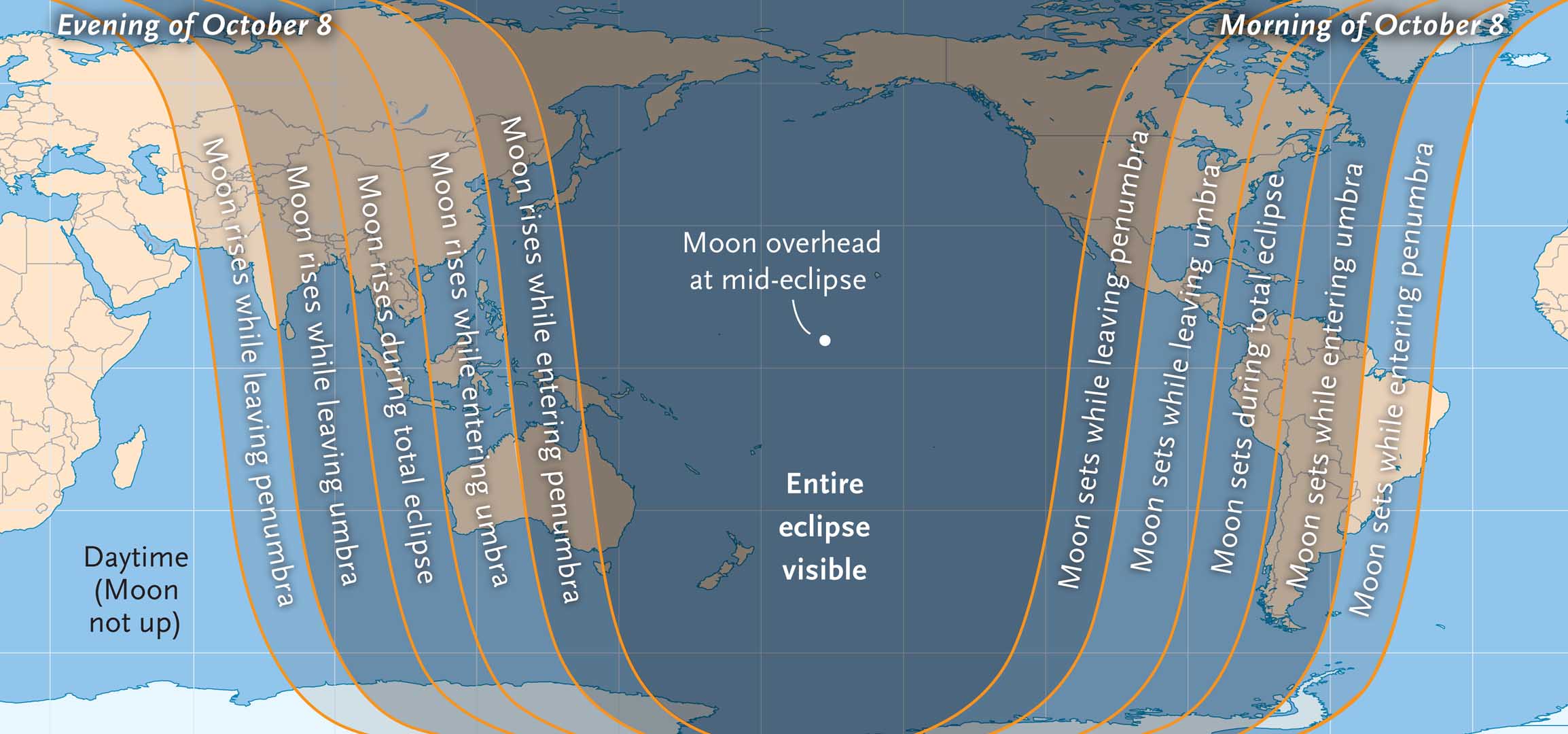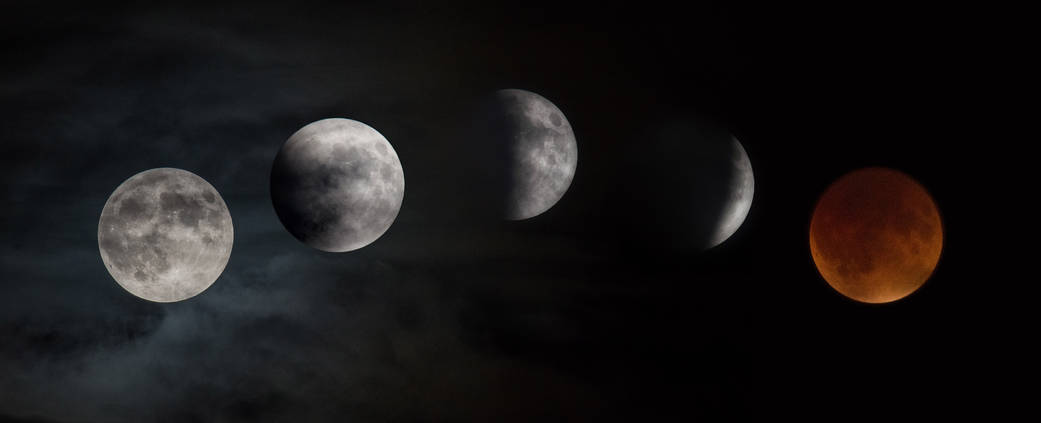
On Sunday, September 27th, skywatchers will witness the grand finale of the rare lunar eclipse tetrad (series of four consecutive total lunar eclipses). And it promises to be quite a show. That's because this one involves a full moon and perigee. This means that the celestial body will be at its closest distance to earth, giving it a larger than life appearance. The last time the world witnessed this phenomenon was in 1982, and the next one will not be until 2033!
The best seats in the house are reserved for the residents of Eastern and Central United States and Canada. The moon will enter the dark phase of the sun at 9:07 PM EST on Sunday and be totally eclipsed by 11:07 PM EST, before emerging in its full glory at midnight. West Coast residents will miss the initial stages since they will occur before moonrise.

People living in Africa, Europe, and the Middle East, will also be able to catch this incredible sight as long as they plan on getting up before sunrise. As for areas where the sunset comes too late or sunrise is too early? While the residents may miss the grand finale, they will still be able to catch glimpses of this rare eclipse.
Lunar or eclipse of the moon as it is often called, occurs when the earth gets in the way of the sun and the moon. As you may have learned, the moon has no light of its own. Instead, it reflects light from the sun. Hence when our planet gets in between the two, it casts a shadow on the moon, causing it to "disappear" for a short period. This phenomenon is known as a lunar eclipse. A solar eclipse is similar except in that case it is the moon passing between the sun and earth.

Total eclipses of the moon are relatively rare because for them to occur, there has to be a full moon and, the sun, earth, and moon all have to be perfectly aligned. It is therefore no wonder that this string of four successive total lunar eclipses (without intervening partial eclipses) at six-month intervals, has caused so much excitement and even some fear.
Some like Pastor John Hagee who published a book called "Four Blood Moons: Something is About to Change, believe that the lunar tetrad is a celestial signal from God. According to Mr. Hagee, it was sent to warn people about a dramatic event involving Israel - One that will change the course of history in the Middle East and impact the whole world.

However, scientists say there is nothing sinister about this stunning natural marvel. After all, it is just the earth's shadow on the moon! Their recommendation? Enjoy it, especially if you live in mainland USA. That's because the next time we will be able to experience a total lunar eclipse will be on January 31, 2018. And it will be that of just a plain vanilla full moon, not a supermoon! The best part? Unlike the solar eclipse that could damage your eyes, the lunar eclipse is perfectly safe. That means you can watch it with your bare eyes!
Resources: Space.com, NASA.gov